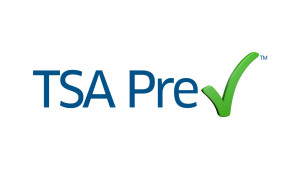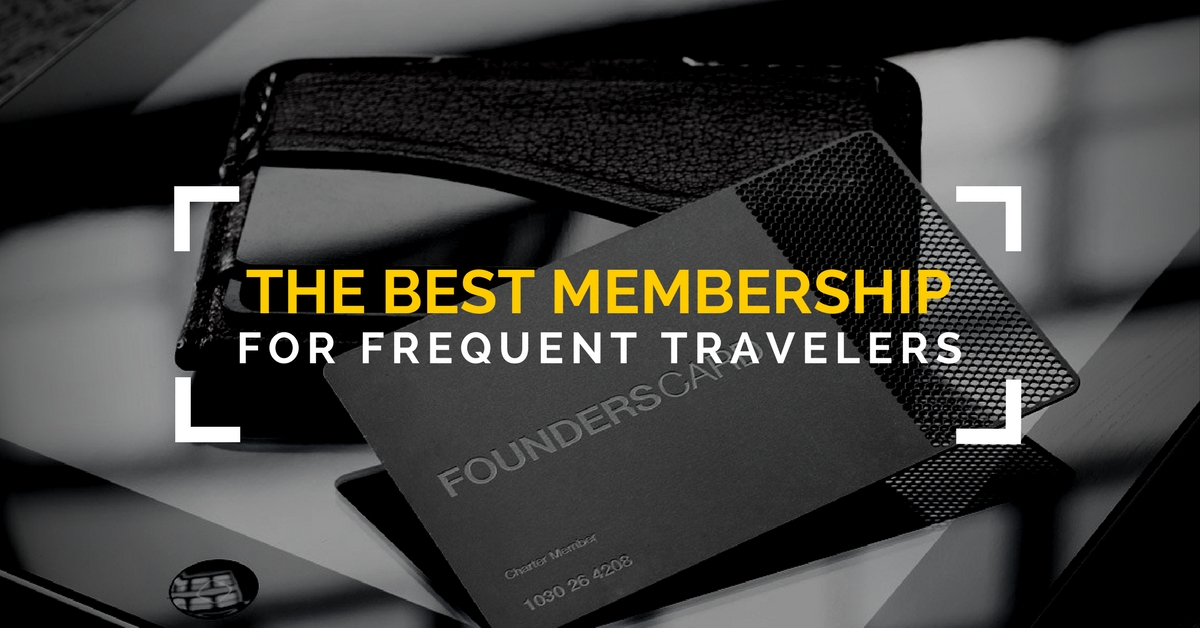You’re traveling through the airport and as you approach the security queues, you see three lines: one for premium passengers, a lane for all others, and a third line with a big sign that says “TSA Pre-Check.” It’s shorter, and you see the people there going right through, with little hassle. Is it worth it?
First, it’s worthwhile defining what TSA Pre-Check is and how you can get it. TSA-Pre Check is the TSA’s attempt at an expedited screening program for pre-approved travelers. Those who are eligible for Pre-Check will have been vetted by an extensive background check, and will have the privilege of not removing their laptop from their bags, and being allowed to keep shoes, belts and light jackets on – a major convenience when it comes to the stresses of traveling.
How do you get TSA Pre-Check?
There’s several ways to apply or be pre-approved:
- Some passengers will get randomly selected to have “Pre-Check” on their boarding passes. This is at random.
- Frequent flyers will sometimes have their names submitted by airlines. This is not guaranteed, and there’s really not a way to request this.
- You can apply online.
- If you’re a member of Global Entry, SENTRI or NEXUS, you’re already pre-approved. Many premium credit cards come with the added benefit of waiving your Global Entry application fee.
Benefits of Pre-Check
- The lines in Pre-Check are generally shorter than the regular or premium lines, but this is by no means guaranteed. I have seen many instances where Pre-Check is longer than regular queues, and at some points, I’ve opted for traditional screening, knowing I’d get through the process faster. In general, I do find Pre-Check to be a shorter line and faster, though.
- You do not have to take your laptop or iPad out of your bag. Keep those items in your bag, though you’ll be asked to place your briefcase on its side.
- You do not have to remove your belt, however I have several belts that continue to alarm, even when work through the scanner. I have a known selection of belts that do go through without issue, so this may have to be a trial and error thing on your part to determine what alarms and what doesn’t, even though belts may be allowed.
- You can wear a light jacket or sweater through. No need to take your sweatshirt, windbreaker, vest, etc. off, which really helps. I’ve even had coins, chargers and other oddities in the pockets, and everything was let through without issue.
- Shoes stay on. Like belts, I do have a few pair of shoes that seem to alarm, I think because of some metal in the sole. Find the pairs that work for you and keep them on.
- Generally bags that go through this lane are not as often secondary screened because the passengers traveling through are well-traveled and know what they are doing. That’s not to say they won’t be flagged, but it occurs less often. Remember that the usual liquids rules still apply.
Is it worth it?
- In short, yes. My suggestion is to find a credit card or a fee waiver to waive the application fee to Global Entry, then get Pre-Check through there. To apply for Global Entry, you’ll fill out an online application, go to an in-person visit with a CBP officer at select airport locations, and then have Global Entry/Pre-Check for 5 years. You’ll get the best value with Global Entry, since not only will it allow you expedited customs entry from international travel, but it also comes with domestic Pre-Check – so, it’s a double whammy.
- If you find that a Pre-Check line is longer than the regular lines, you’re under no obligation to use the Pre-Check line, so theres no harm in signing up.




 Jamie Larounis is an avid traveler, blogger and miles/points educator. Traveling well over 100,000 miles a year and staying in hotels for over 100 nights, he leverages miles, points and other deals to fly in first class cabins, and stay in 5-star hotels. The Forward Cabin shares his experiences, musings, reviews, tips, tricks, resources and industry news with you, the fellow traveler.
Jamie Larounis is an avid traveler, blogger and miles/points educator. Traveling well over 100,000 miles a year and staying in hotels for over 100 nights, he leverages miles, points and other deals to fly in first class cabins, and stay in 5-star hotels. The Forward Cabin shares his experiences, musings, reviews, tips, tricks, resources and industry news with you, the fellow traveler.
Categorize as “Stupid Questions with Yes Answers”…
TSA Pre-Check was incredibly helpful coming back from Michigan earlier this month when the 8 AM bus from MSU didn’t arrive at the pick-up point until 8:45 AM. I was in an incredibly long bag drop line and I would have missed my flight if it weren’t for having that designation on my boarding pass. There was one person in the regular line who commented to the TSA agent enforcing line structure that it wasn’t fair. I was too far ahead to point out that most of those in the Pre-Check line subjected themselves to a background check and have to re-up it every five years.